The Complete Guide to Learning to Drive in the UK
Learning to drive is a significant milestone, and it’s important to have all the information you need. Whether you’re looking forward to road trips, convenience at the drive-thru, or driving for work, you likely have many questions.
You might be wondering how many lessons you’ll need, how much learning to drive in the UK costs, or how quickly you can pass. Fortunately, Leo Driving School are experts at helping learners get behind the wheel. We’ve assisted countless individuals in passing their driving tests, and we’re here to guide you every step of the way.
Learning to Drive in the UK
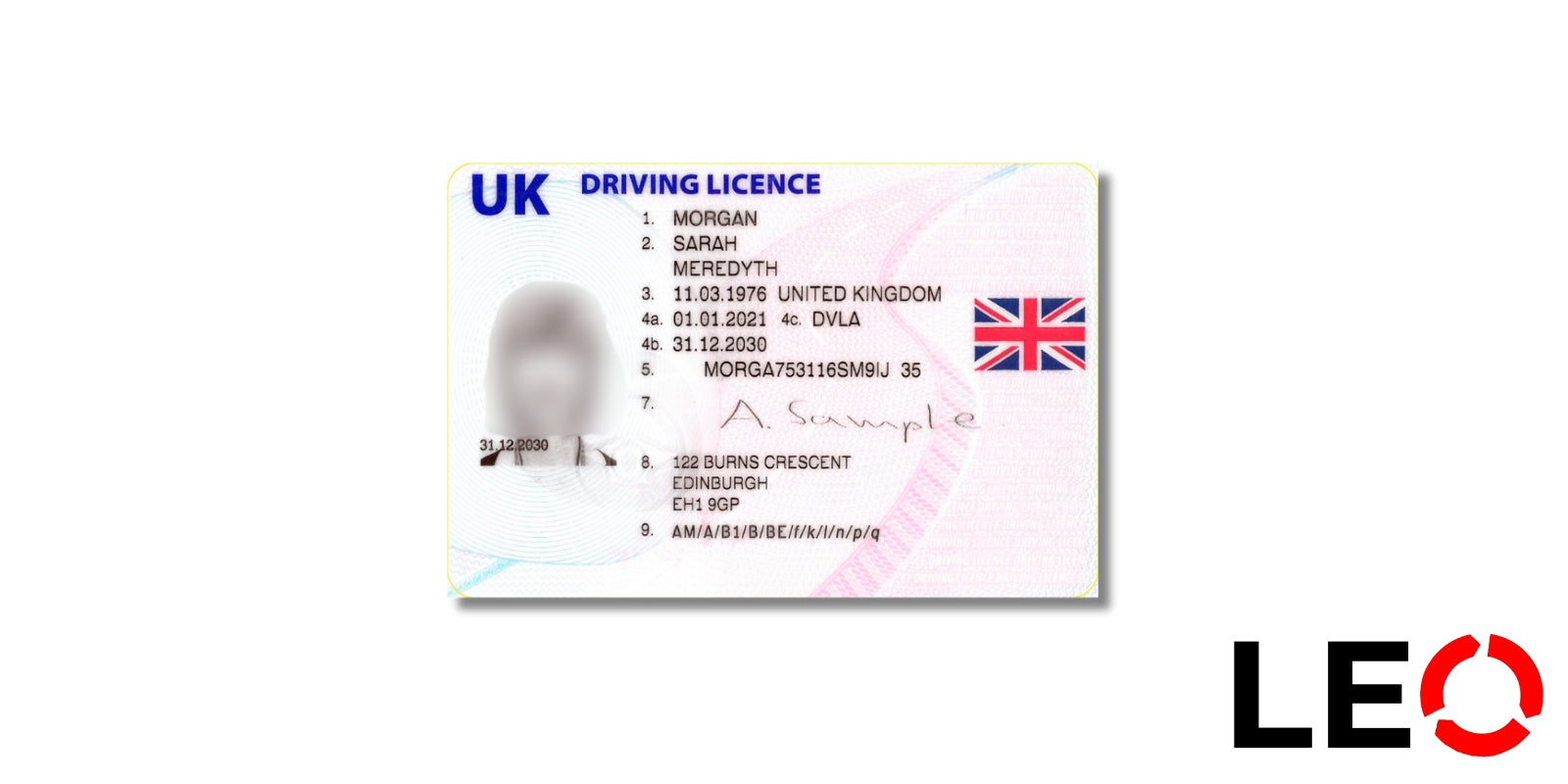
Before starting your driving lessons, it’s usually best to pass your theory test. This short exam assesses your knowledge of driving rules, road signs, and potential hazards you may encounter.
Once you’ve passed your theory test, you’ll need to pass a practical driving test to become a fully qualified driver. During the practical test, an examiner will assess various aspects of your driving, such as control, positioning, and speed management.
Most learners choose to work with a professional driving instructor, who has the experience to guide them effectively. While you can also learn with a friend or family member, professional instruction ensures you’re fully prepared for the road. The UK's driving rules contribute to some of the safest roads in Europe, so while learning might seem daunting, you’ll be in safe hands.
When Can You Learn to Drive?
Before beginning your lessons, you’ll need to apply for a provisional driving licence. This licence is required for booking both your theory and practical tests.
You can apply for a provisional licence at 15 years and 9 months old, but you can only start lessons at 17. The exception is if you claim the enhanced rate of the mobility component of Personal Independence Payment (PIP), in which case you can start learning at 16.
It’s best to start learning as soon as you can. Statistics from the DVSA show that younger learners are more likely to pass on their first attempt, partly due to quicker reaction times. However, driving is a skill that stays with you for life, so even if you don’t plan to drive immediately, getting your licence early is a good idea.
If you’re older and haven’t started yet, don’t worry! At Leo Driving School, our experienced instructors work with learners of all ages and backgrounds. It’s never too late to learn, and we’re here to help you achieve this important milestone.
How Long Does It Take to Learn to Drive?
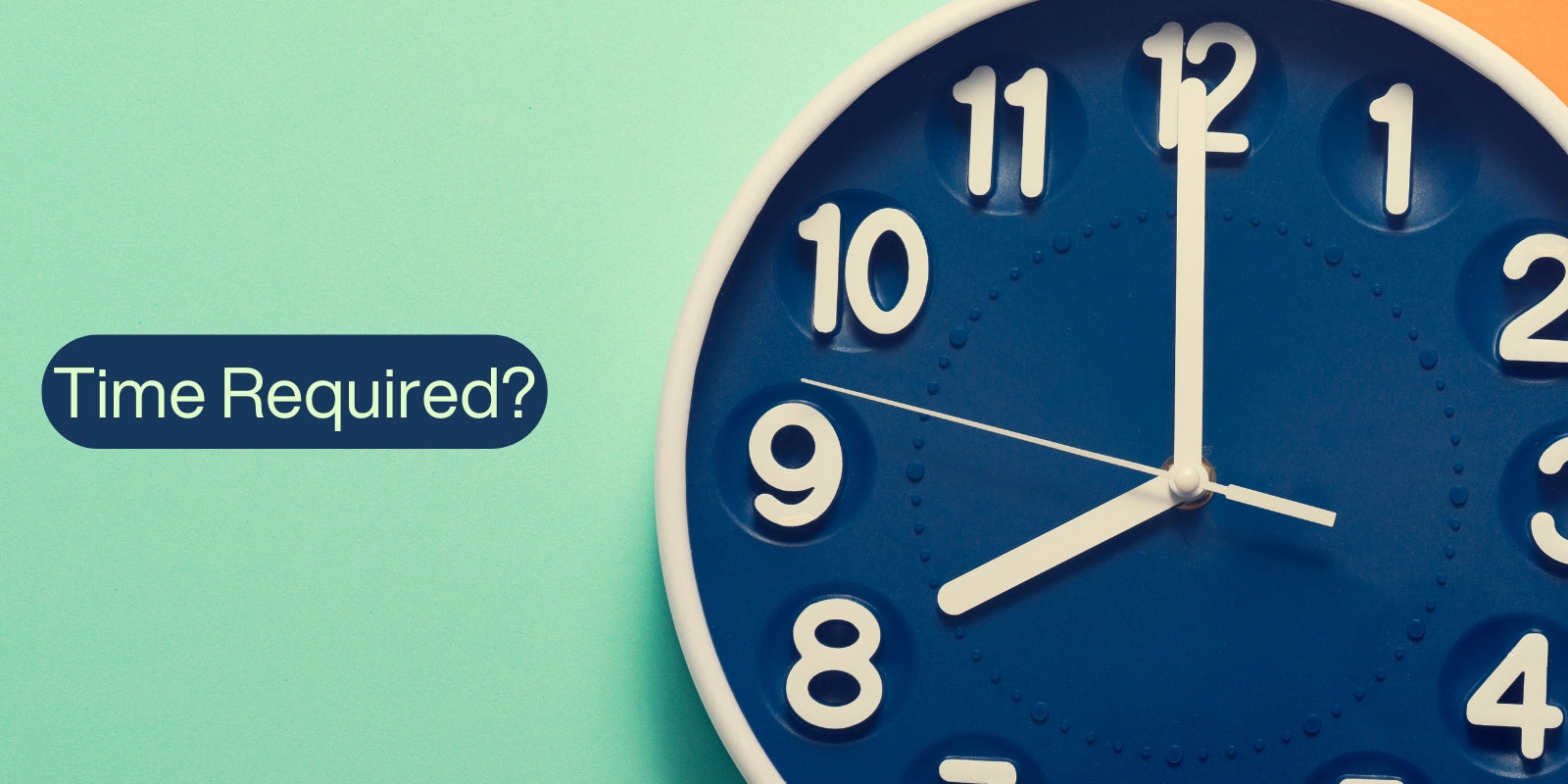
It’s natural to want to complete your lessons quickly and get on the road. While intensive courses can speed up the process, the number of lessons required is the same.
The DVSA recommends around 46 hours of driving lessons, supplemented with private practice with a friend or family member. While some learners pass with fewer hours, the focus should always be on building the skills needed to drive safely and independently for life—not just to pass the test.
How quickly you complete these hours depends on your schedule and learning style. Some prefer to take their time, while others thrive under the pressure of intensive learning.
At Leo Driving School, we offer flexible courses to suit your needs. Whether you prefer a relaxed pace, a semi-intensive approach, or an intensive driving course, we’ll match you with an instructor who works around your schedule and teaches in a way that works best for you.
Ready to start your driving journey? Let’s get you behind the wheel!
How many driving lessons do I need?
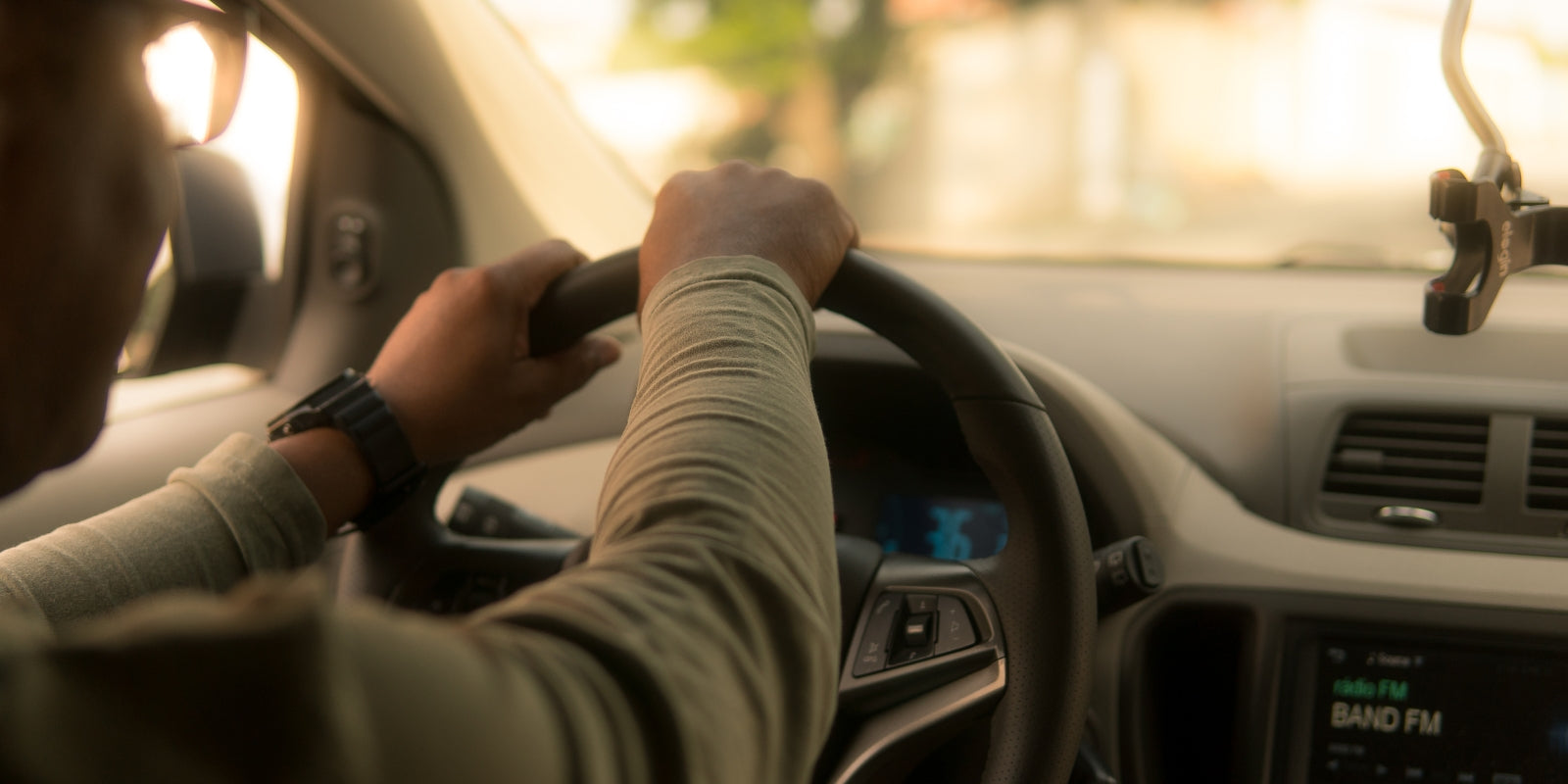
It’s recommended to take at least 46 hours of professional tuition before being test-ready. However, this doesn’t mean you need to take 46 hour-long lessons. If you’re determined, focused, and prefer an immersive learning style, you might opt for longer driving lessons.
Most lessons are 2 hours long, which allows plenty of time to focus on specific skills during each session. Learning to drive can be tiring, as it involves mastering new skills that require time and repetition. If you’re balancing lessons with work or studies, it’s important to find a schedule that suits you.
The demand for longer lessons is increasing. Longer sessions, usually lasting 3 to 5 hours, can reduce the total number of lessons needed. This approach also helps you maintain focus and prepares you for real-world driving, where long-distance travel is common. Your instructor will incorporate regular breaks into these sessions to ensure you stay alert and comfortable.
How Many Hours Does It Take to Learn to Drive?

The DVSA recommends a minimum of 46 hours of professional practice before taking your test. While prior practice with family or friends can help, it may lead to bad habits that could affect your test performance. Even if you have driving experience, it’s still beneficial to complete professional lessons to ensure you’re fully prepared.
Taking the recommended number of lessons increases your chances of passing the first time. According to the DVSA, 1 in 5 learners fails due to minor mistakes, often caused by nerves. The more you practice, the more confident and less error-prone you’ll be.
At Leo Driving School, we understand that failing a test can be frustrating, but it’s important to stay positive. Nearly 90% of learners pass within their first three attempts. With our expert guidance, we aim to help you succeed as quickly as possible.
Average Time to Learn to Drive in the UK
The time it takes to learn to drive varies depending on your schedule and the availability of driving tests. While 46 hours of lessons and private practice is the baseline, booking a test can sometimes cause delays due to high demand.
The COVID-19 pandemic created a backlog in the driving tuition industry, which continues to affect test availability. In rural areas, where demand is lower, it may be easier to book a test quickly. However, in cities, where demand is higher, waiting times can be longer.
At Leo Driving School, we help minimize these delays by working to secure early test dates for our learners, ensuring you can achieve your driving goals sooner.
The Cost of Learning to Drive
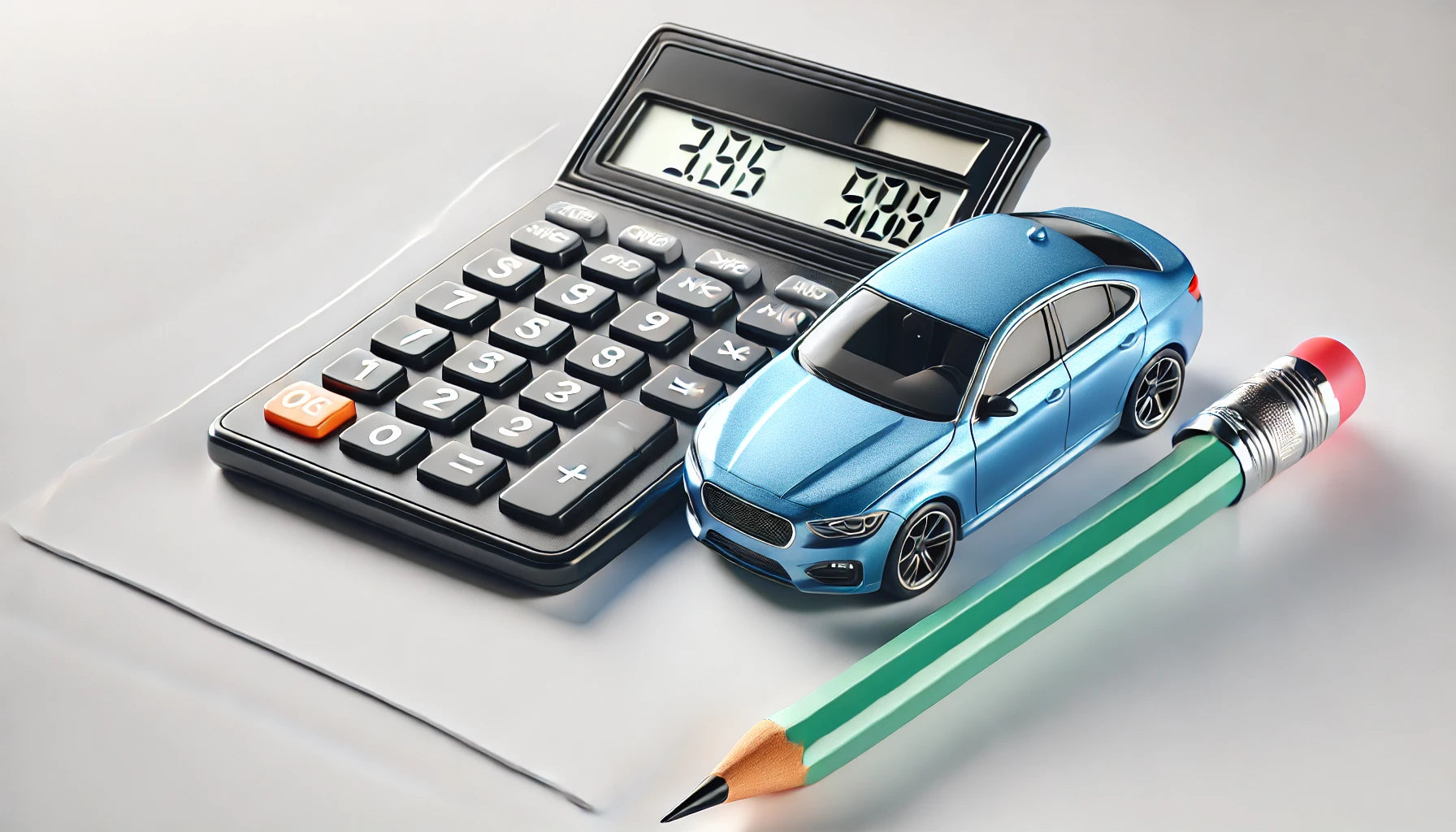
The cost of driving lessons depends on your location, so prices can vary. Quieter areas with fewer instructors tend to be more expensive, while competition in cities often lowers lesson prices.
It’s worth comparing rates to find an instructor who fits your budget. While some experienced instructors may charge more, all instructors are regularly assessed to ensure they meet high teaching standards.
Booking a driving course, like those offered by Leo Driving School, is often more cost-effective than paying for individual lessons. With a pre-paid course, you’re more likely to stay committed and complete your training efficiently, saving both time and money.
How to Learn to Drive — Your Options
Before starting lessons, you’ll need to make two key decisions: the type of car you want to learn in and who will teach you.
Learning in an Automatic Car

Automatic cars are easier to drive, as the gearbox changes gears for you, eliminating the risk of stalling. This can make learning less stressful and helps you prepare for the future, as the UK plans to ban new petrol and diesel cars by 2030.
Automatic lessons are typically more expensive due to the higher cost of automatic vehicles. However, at Leo Driving School, we’ve kept our prices the same for both manual and automatic lessons, so you can choose the option that suits you best without worrying about extra costs.
Learning in a Manual Car
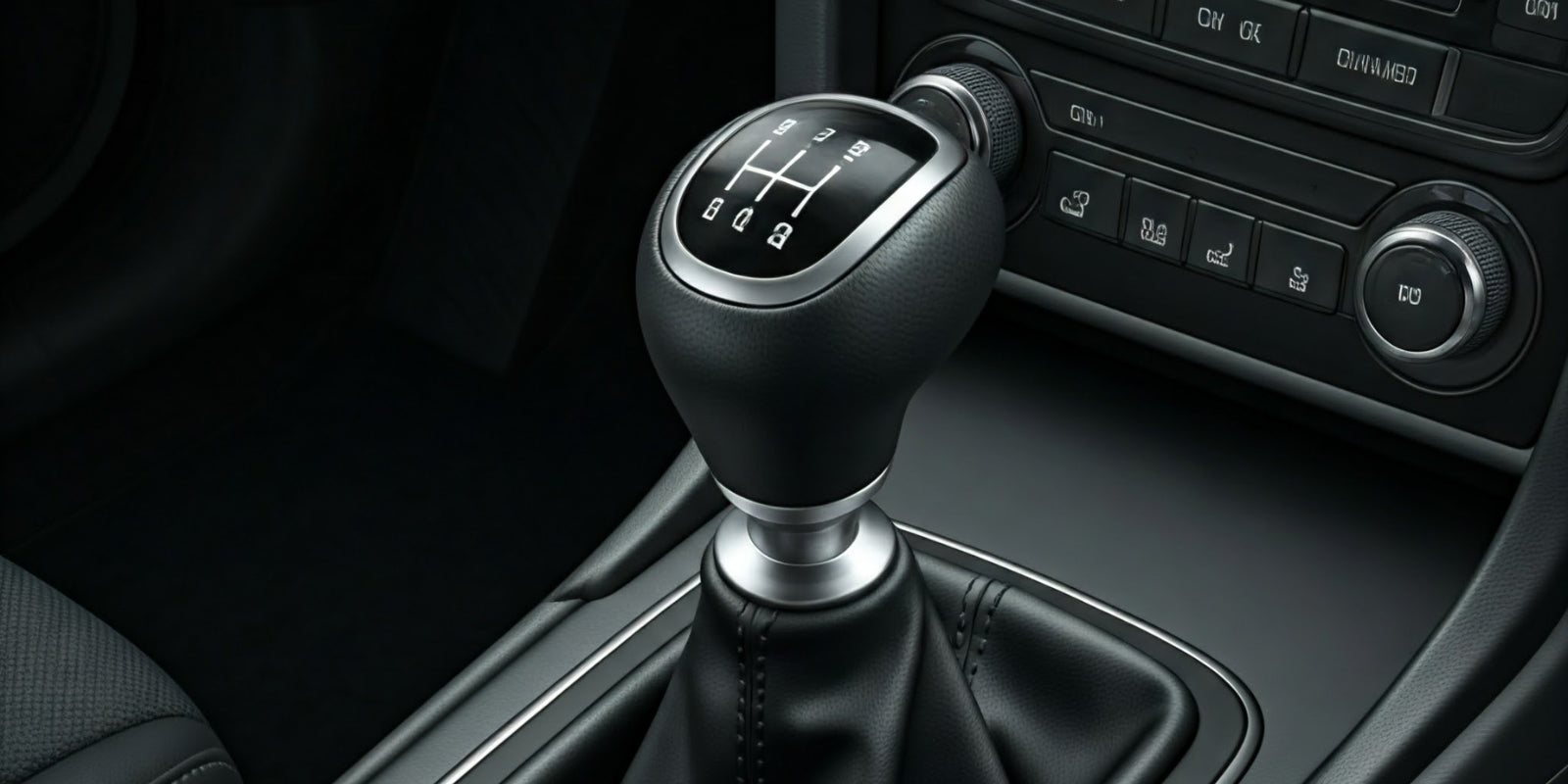
Learning to drive in a manual car gives you the flexibility to drive both manual and automatic cars in the future. While it may take more time to master gear changes and avoid stalling.
Regardless of your choice, Leo Driving School offers tailored lessons to suit your needs, helping you build confidence and become a skilled driver. Ready to start? Let’s get you on the road!
Learn to Drive in Your Own Car
If you already own a car, or if a friend or family member is happy to teach you, learning to drive in your own vehicle is an option. However, it’s highly recommended to take at least some lessons with a professional driving instructor to ensure you learn the proper techniques and meet test standards.
Private practice can be beneficial alongside professional lessons. The DVSA advises learners to practice in their own car as well as with an instructor. This allows you to experience driving different vehicles in various weather conditions and at different times of the day.
As a learner driver, you cannot drive alone. You must always be accompanied by someone over 21 years old who has held a full driving license for at least three years and is qualified to drive the same type of car (manual or automatic).
Be cautious, though, as family or friends teaching you may have developed bad driving habits that could lead to faults in your test. Use private practice sessions to reinforce what your instructor has taught you. Remember, your instructor is an expert who knows what the examiners will look for.
If you practice in your own car, you’ll need to arrange learner driver insurance. Unlike lessons with a professional instructor, where their business insurance covers you, it’s illegal to drive as a learner without proper insurance.
Learn to Drive with an Instructor
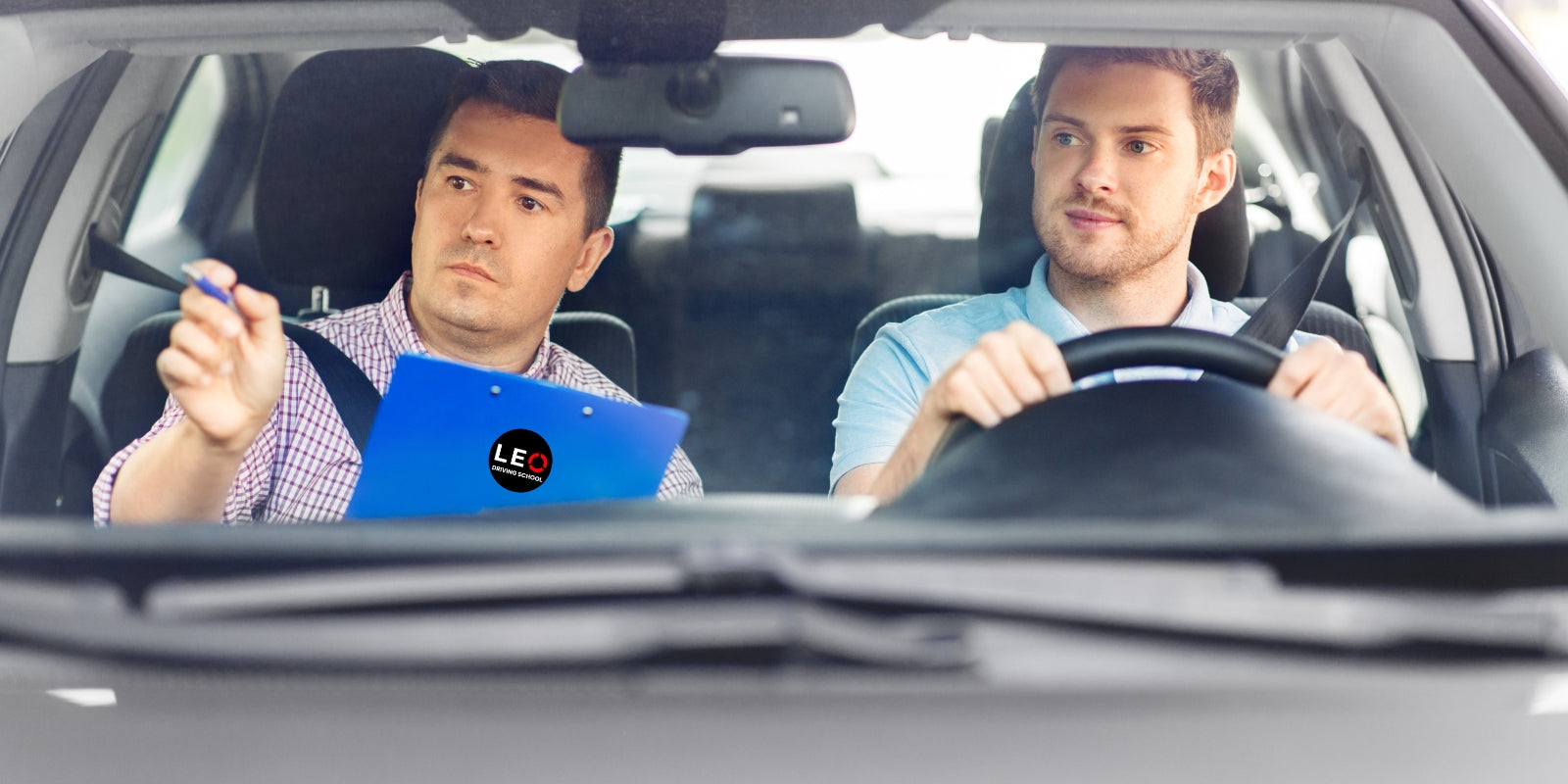
The most reliable option for learning to drive is with a professional instructor. Passing your driving test without professional tuition is highly unlikely. Driving instructors undergo rigorous training to teach you the skills and knowledge needed to drive safely and pass your test.
Professional instructors are familiar with driving test routes, helping you practise on the roads you’ll likely encounter during your test. Some instructors may even accompany you during the test, which can be helpful if you fail as they can pinpoint areas for improvement.
Instructors typically use dual-controlled cars, ensuring your safety while learning. You’ll also use their car for your driving test, saving you the hassle of arranging a suitable vehicle and insurance.
The Best Way to Learn to Drive

Learning to drive can be difficult, and it takes a lot of hard work and determination. If you’re feeling daunted, try to think about how great it’ll feel when you’ve finally passed your driving test and you can hit the road on your own.
It’s recommended that you study for your theory test first. You might be eager to start your lessons right away, but it’s actually easier to drive when you already know the rules of the roads and what the different road signs and symbols you’ll come across mean. When you pass your theory test, you’ll have 2 years to pass your practical driving test. If you want to give yourself an extra challenge, try to give yourself a date you want to pass by. This will give you extra motivation and something to aim for, which is essential to learning a skill as complex as driving.
If you’re going to learn to drive, you’ll need to be taught by a professional instructor. It’s almost impossible to pass a driving test without tuition from an expert. Your instructor will equip you with the skills and knowledge that you’ll use for the rest of your life. It might seem difficult now, but it’ll become second nature to you with experience and confidence.
It’s best to take it seriously and give it your all, which is why an increasing number of people are choosing to opt for driving courses rather than traditional weekly driving lessons. Buying a driving course is a commitment to yourself and your new skill. It might just be that extra push of motivation you need on the days when you’re feeling overwhelmed.
Leo Driving School courses include everything you need, from the start of your journey to the end. We can book a fast-tracked theory test and give you an online tuition session from our resident experts. Once you’ve boxed off your theory, the exciting part begins. We’ll match you with an instructor in your area and you’ll work closely with them to learn everything you need to know in order to pass fast and drive safely for life. From there, all that’s left is for you to pass your fast-tracked driving test. You can do it!
Can you learn to drive in a week?
When you’re shopping around to find the best place to learn to drive, you might come across companies who offer one-week driving courses. They promise that you’ll get into a car for the first time on Monday, and by the following week you’ll be reverse-bay parking, tackling roundabouts and cruising down the motorway all by yourself. How exciting!
Unfortunately, as you might expect, these courses are usually too good to be true. The DVSA recommends you take 46 hours of professional driving lessons before you take your test. That would be incredibly difficult to box off in a single week. Doing the maths, if you had driving lessons for 7 days straight, you’d be looking at around 6.5 hours of lessons per day. That’s a lot of work! You’d basically be making learning to drive your full-time job for the week…
You might be able to squeeze all those hours in and learn to drive in a week if you put your mind to it, but it’s not ideal. Driving is about more than just passing a test. After that, you’re left to your own devices — nobody will be there to take control of your car if you make a mistake. You need to give yourself time and space to digest everything you’ve learned, and to practice it in your own time.
One-week driving courses are more suitable for people who already have some experience under their belt. If you’ve done a lot of driving lessons in the past and you just want to brush up on a few skills before the test, you could do a quick refresher course a week before the test.
Leo Driving School have courses that suit everybody. Whether you’re a complete driving beginner, or you just need a hand in a few tricky areas, we have courses tailored to you.
Top tips for learning to drive
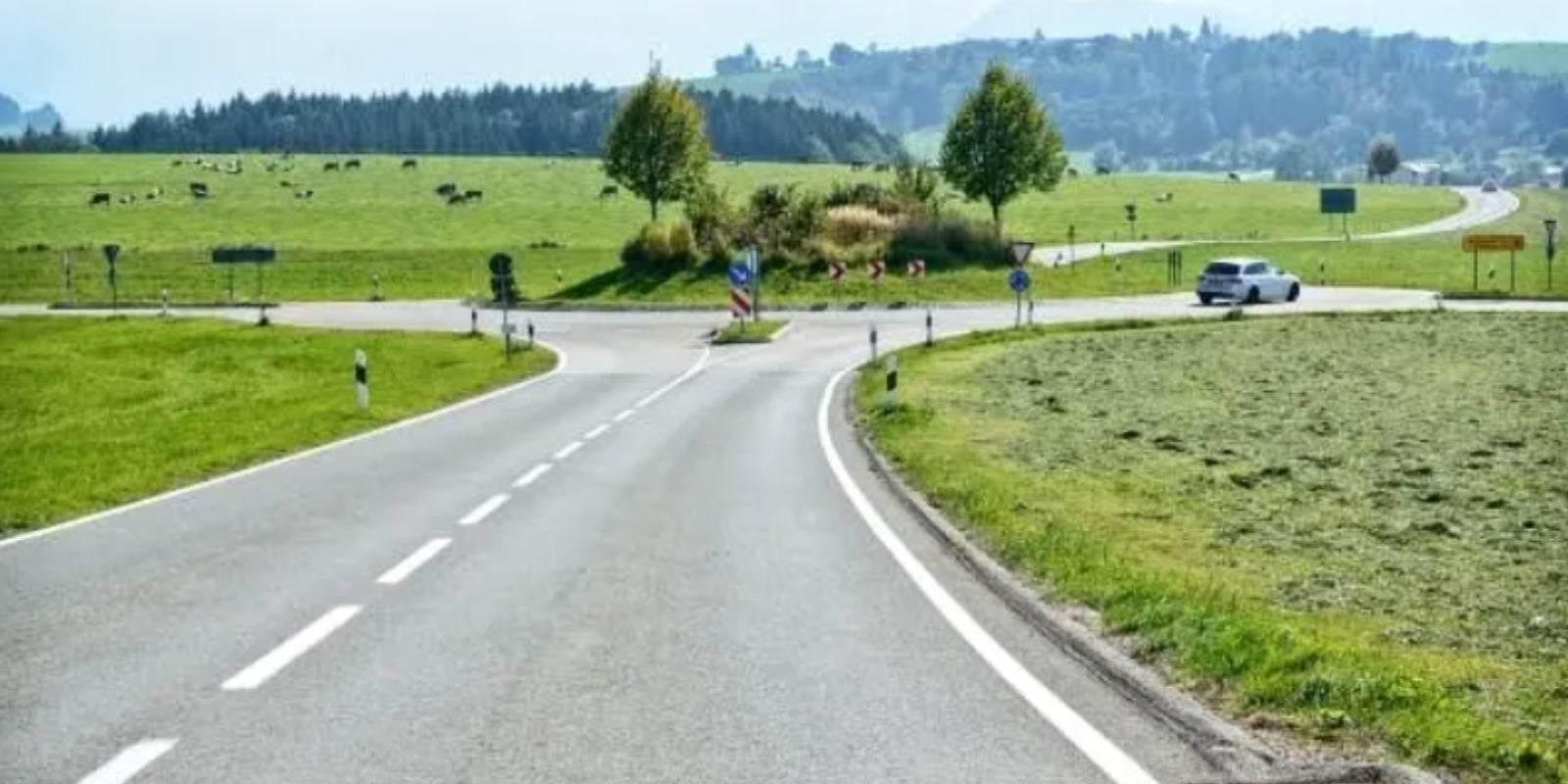
If you’re thinking about getting behind a wheel for the first time, there are lots of hurdles you might come across. Here are our top 3 tips for making the most out of your experience:
Timing is everything
It’s understandable that you want to get your test out of the way as quickly as possible. However, it’s important for you to manage your expectations and consider the waiting times for driving tests in your area. With test backlogs and examiner strikes, driving tests are often in short supply and you could end up waiting months for one.
There are two traps learners often fall into here. The first is waiting until they’ve finished their lessons to book a test. If you’re feeling confident and ready to go, you might feel disheartened to see that you can’t just pick up a test for next week. In some cases, you’ll be waiting months for one.
You’ll face a tricky decision here. You could pay for more lessons to bridge the gap between your last lesson and your test date, or you might decide not to take any more lessons and just wait for your test. The problem is that since driving is a new skill to you, it’s best to take the test when everything is still fresh in your mind. If you haven’t driven for months by the time your test comes around, you may forget some of the skills you learned or fall into old habits. This is a costly mistake — your wallet won’t thank you for it.
On the other hand, if you have a driving lesson booked and wait until the week before to start lessons, you’re already setting yourself up for failure. People learn to drive at different paces and it’s hard to predict how long it’ll take until you’re ready. You’ll then need to push your test back by months, which will delay everything and take even longer.
The solution is a balance of the two options. Book a test in advance to give yourself a date to aim for, but leave yourself with plenty of time to do your lessons and account for any delays or mistakes you might make — this is the tried-and-tested way that Leo Driving School has used to help countless learners get on the road.
Everybody makes mistakes
Hannah Montana was right — everybody has those days. Many people get frustrated when they make mistakes, but try to shift out of that mindset when you’re learning to drive. Mistakes are a given, and they give you an opportunity to learn from them.
Even the most experienced driver had to start somewhere, and you’re no different. Learning to drive is supposed to be difficult. You’re in charge of a machine that could do a lot of damage if you use it wrong, so it’s important for you to learn how to operate it correctly.
The point of driving lessons is to give you the space and freedom to make mistakes without worrying about the consequences. Your driving instructor will have a dual-controlled vehicle, which means they can step in before anything dangerous happens.
Other drivers will be aware that you’re learning too. When you’re driving, your driving instructor will make sure to clearly display L-plates on the car. This lets other drivers know that you’re not as experienced as them, and they’ll likely give you more room and be more understanding if you do something wrong.
Where you learn to drive is important
It’s always best to learn to drive in the area you’ll be driving in most. In most cases, that’ll be your hometown or city. Driving in a city can be very different to driving in a more rural location, for example. You might find it easier to drive on country roads, but it’s not reflective of how you’ll be driving in the real world.
If you’re worried about pass rates in your local area, don’t be. Pass rates aren’t very reflective of how well you’ll do on the test. It all comes down to whether you can drive or not. The pass rates are more for the team at the DVSA to worry about. If you pass your test in one place, you should be able to pass your test anywhere.
Tips for passing your driving test
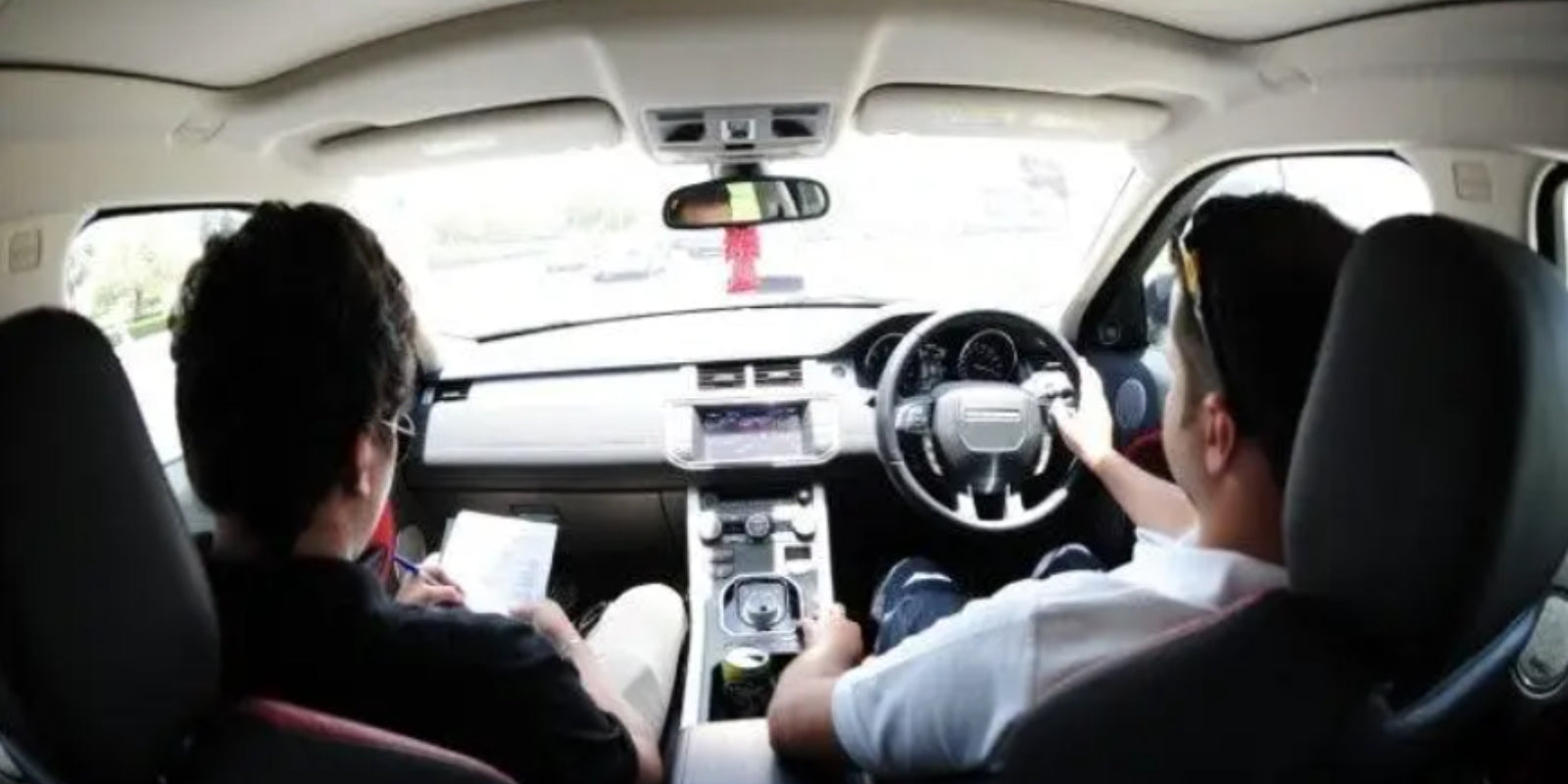
It’s the Day You’ve Been Waiting For. If all goes well, today’s the day you’ll earn your pink license and unlock the freedom to drive anywhere, anytime. To help boost your chances of passing, here are three essential tips:
1. Try to Calm Your Nerves
The day of your driving test is a significant milestone, and it’s natural to feel nervous. Many drivers liken it to revisiting the stress of school exams. You might be anxious about being closely observed or worried about failing.
These feelings often stem from your brain entering “fight-or-flight” mode, perceiving the test as a threat. Negative thoughts arise as your brain tries to convince you to avoid the situation. However, it’s crucial to remember that these thoughts aren’t always accurate.
Focus on facts: you’ve practiced your maneuvers, gained plenty of experience, and your instructor believes you’re ready. To relax beforehand, spend an hour doing something you enjoy, such as listening to music, meditating, or playing video games.
2. Stick to What You Know
During your test, stay focused on what your instructor has taught you. Avoid being influenced by the actions of other road users. For instance, don’t let a car behind pressure you into making a risky move at a junction.
By now, you know what’s needed to pass. Trust your skills and follow the guidance you’ve been given, but remember: confidence is key, not overconfidence.
3. Stay One Step Ahead
Just as you’d study for an English exam by knowing what’s being marked, you should familiarise yourself with what driving examiners look for. Your instructor has likely covered this, but a little extra research never hurts.
Common reasons for failing include poor observation, hesitation, and incorrect signalling. Pay special attention to these areas to avoid falling into common traps.
Summary
Learning to drive is one of the most valuable skills you can acquire. While the process can feel overwhelming, the rewards are worth it. Rather than being intimidated by the rules and procedures, consider how much effort goes into ensuring the UK’s roads are safe for all.
At Leo Driving School, we make the process simpler. From booking your lessons to preparing for your test, we’ll handle the administrative side so you can focus on learning. Whether you’re starting from scratch or brushing up on your skills, we have a course tailored for you.
Call us on 07961 976 822 or book online to get started today!
Learning to Drive FAQs
When can you learn to drive?
You can apply for a provisional licence at 15 years and 9 months, but in most cases, you can begin driving lessons from the age of 17. The exception is if you receive the enhanced rate of the mobility component of Personal Independence Payment (PIP), in which case you can start at 16.
How long does it take to learn to drive?
The DVSA recommends taking around 46 hours of driving lessons, complemented by private practice in your own car with a friend or family member. While some may pass with fewer hours, it’s essential to focus on becoming a safe and competent driver, not just passing the test.
How many driving lessons do I need?
Although 46 hours of professional tuition is recommended, the number of lessons required varies. Some learners prefer shorter lessons spread over weeks, while others opt for longer, more intensive sessions to immerse themselves in driving.
How many hours does it take to learn to drive?
The DVSA suggests at least 46 hours of lessons with a qualified instructor to prepare for your driving test.
Can you learn to drive in a week?
Learning to drive in a week is challenging. Completing 46 hours of lessons in seven days would mean over six hours of driving each day—a demanding schedule. While it’s possible for experienced learners brushing up their skills, complete beginners benefit more from a steadier pace.
At Leo Driving School, we offer a range of courses designed to fit your schedule and needs, ensuring you’re fully prepared to drive safely and confidently. Call us on 07961 976 822 or book online to get started today!

